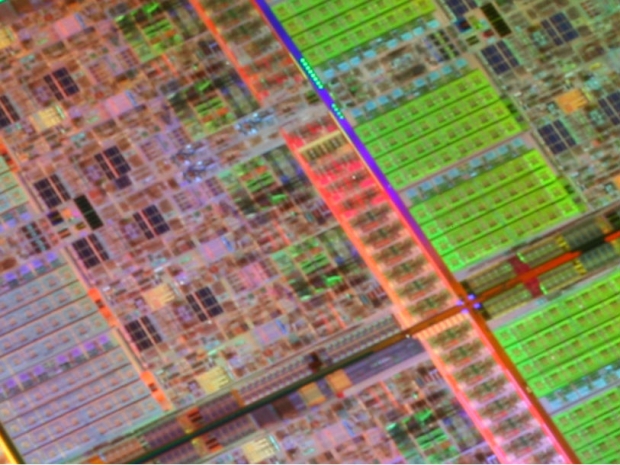The chipmaker is planning to present a few research papers at the ISSCC conference in San Francisco, and it gave a select group of reports the opportunity to discuss industry trends in a conference call.
Moore’s Law in midlife crisis
Intel senior fellow Mark Bohr told the press that the development of new nodes, using existing technology, will continue for the next few years.
Intel plans to transition to 10nm in 2016 and 7nm in 2018. Bohr believes these transitions can be carried out without new and expensive technologies, reports PC World.
Moore’s Law turns 50 this year, and it seems it will make it to 55, if not 60, before we see any big changes. Chip cost per square millimetre is going up, but since density is going up even faster, the cost per transistor continues to tumble, and it will continue to do so on upcoming 7nm and 10nm nodes.
However, moving beyond 7nm is bound to raise a number of questions – but it’s still too early to speculate whether or not the industry will find ways of keeping Moore’s Law alive by the end of the decade. No, buying it a Porsche or a Fender Strat probably won’t help.
14nm sorted out, 10nm on track
Bohr also used the opportunity to explain why Intel was forced to delay Broadwell 14nm parts. He said the learning rate was underestimated, so it took more time to experiment with the process and fine-tune the node, and fix the yields.
On the upside, Bohr said Intel’s pilot 10nm programme is on track, and is going about 50% better than 14nm development.
While 10nm may be on track, on the consumer side of things we are probably looking at a couple of more years of 14/16nm products. The first Intel x86 parts based on 14nm have barely made it out of the gates, AMD is still stuck at 28nm, and the ARM gang is about to get its first 14nm consumer parts, courtesy of Samsung.




